America and its allies have run out of patience.
As is well known, in response to Israel’s attack on the Gaza Strip and in solidarity with Hamas militants, the Houthi forces in Yemen have openly declared war on Israel. Not stopping at words, the Houthis have launched airstrikes against Israel with cruise missiles (but were all shot down) and in early November, they took the level of reaction to a new level when they attacked commercial ships related to Israel passing through the Bab al-Mandab Strait.
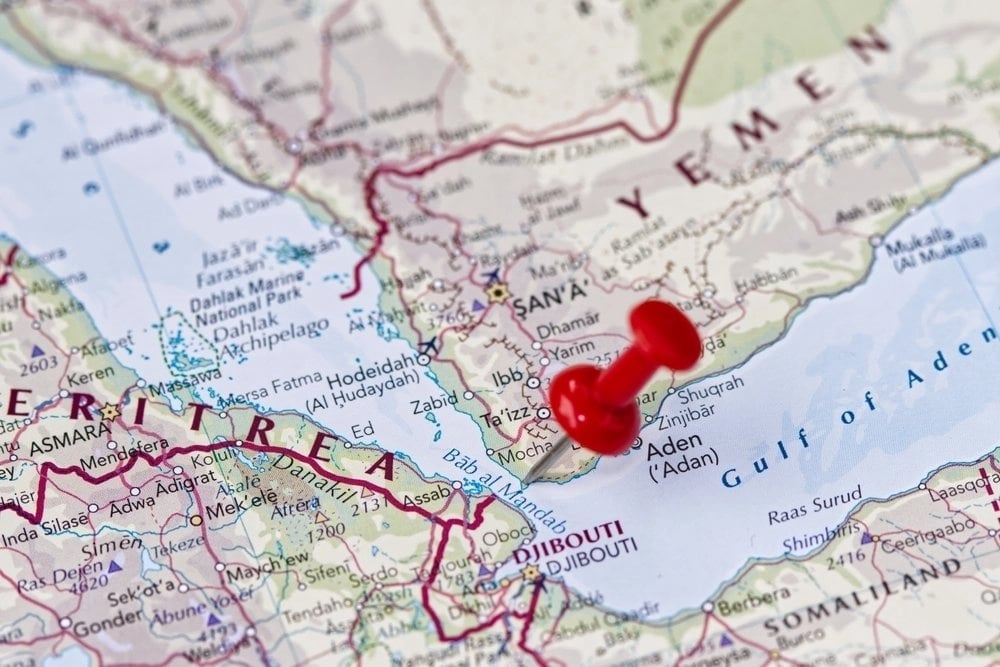
Houthi forces have carried out nearly 30 attacks on ships in the Bab al-Mandab Strait, which connects the Indian Ocean with the Red Sea - Photo: Wilson Center
This strait is where all ships from the Indian Ocean must pass to enter the Red Sea and access Israeli ports. If Bab al-Mandab is blocked, Israel's access to the sea will be cut off.
Houthi military spokesman General Yahya Saree said they wanted to “block Israeli ships from moving in the Red Sea (and the Gulf of Aden) until Israel’s aggression against our steadfast brothers in the Gaza Strip stops.”
Western media reports say that very few of the ships attacked have direct links to Israel. In one recent incident, one such ship – the Unity Explorer – had very tenuous links to Israel. It was owned by a British company, one of whose executives was Dan David Ungar, who lives in Israel.
Israeli media have identified the Ungar as the son of Israeli shipping billionaire Abraham “Rami” Ungar. But it is a rare vessel with a clear Israeli connection. Any Israeli connection to other ships attacked by the Houthis is unclear.
As of Thursday, the US Navy estimated that the Houthis had carried out 27 attacks on commercial and even military vessels in the Red Sea. In response to the Houthi attacks, on December 19, the US established an international naval force to protect ships passing through the Red Sea, with the participation of 10 other countries: Britain, Bahrain, Canada, France, Italy, the Netherlands, Norway, Seychelles, Spain and Australia.
Initially, the force intercepted Houthi missiles, drones or speedboats targeting ships in the Red Sea. But after Tuesday’s escalation, when the Houthis launched an unprecedented onslaught of 18 suicide drones, anti-ship cruise missiles and anti-ship ballistic missiles against a series of international commercial and warships, the coalition decided to act.
The United States and Britain have launched airstrikes against Houthi missile, radar and drone sites to degrade the group's ability to carry out more attacks like Tuesday's. U.S. officials said the operation was a last resort because freedom of navigation in the Red Sea was under serious threat.
The message is clear. But the question is why did the US have to be so patient with the Houthis that after nearly 30 attacks, they only responded with airstrikes? In other places, with other targets, the US response was much faster and more drastic.
What is Houthi and how strong is it?
The answer lies with the Houthis themselves. In Western discourse and in many media, the Houthis are often referred to as “rebels” or “terrorists”. But that is not accurate.
The Houthis are an armed force from a branch of Yemen's Shia Muslim minority, the Zaidis. They take their name from their founder, Hussein al-Houthi. Officially known as Ansar Allah (Supporters of Allah), the force was formed in the 1990s to fight what they saw as the corruption of then-President Ali Abdullah Saleh.
President Saleh, backed by the Saudi military, tried to crush the Houthis in 2003, but failed. In 2011, an Arab Spring uprising forced Ali Abdullah Saleh, who had been in power for three decades, to step down. Under a US-backed transitional agreement, President Abd Rabbuh Mansur Hadi assumed power temporarily while new elections were held.
However, the Houthis rejected this plan. And the unresolved conflict led to the Houthi forces overthrowing the transitional government of Abed Rabbo Mansour Hadi in 2014 and taking over the capital Sanaa.
Since then, the Houthis have been engaged in a bloody civil war with the ousted government. While Saudi Arabia leads a coalition of Sunni Muslim countries supporting Yemen's exiled government , the Houthis, a Shia branch of Islam, are backed by Iran.
The civil war has killed more than 150,000 people, including combatants and civilians, and created one of the world's worst humanitarian disasters. The United Nations estimates that about 21.6 million people, or 80% of Yemen's population, are in need of some form of humanitarian assistance as they struggle to get enough food and access basic services.
The Houthis, therefore, must be considered a political force, who de facto rule northern Yemen and the capital, Sanaa. Most of Yemen’s population lives in Houthi-controlled areas. And like Sanaa or northern Yemen, the Red Sea coast is also under Houthi control.
The Houthis operate as a fairly fully functioning government. They collect taxes and print money. They have a regular, well-trained army, estimated by the United Nations to be between 100,000 and 150,000 strong, and a huge arsenal.
This force has hundreds of tanks and armored vehicles, thousands of artillery pieces and tens of thousands of missiles and rockets of all kinds, from multiple launch rockets with a range of tens of kilometers to anti-ship cruise missiles called Tankil with a range of nearly 500 kilometers, similar to Iran's Raad-500 missile.
In addition, the Houthis are also equipped with many suicide UAVs, with electro-optical guidance seekers, with a maximum range of 600 to 1,200 km, carrying a warhead of about 40 kg. On the Red Sea coast, the Houthis have dozens of defense points with surface-to-sea missiles with a range of up to 300 km and advanced radar systems.
The Houthis’ military might far outstrips that of any of the so-called rebels in the Middle East, such as Hamas or Hezbollah. They also outnumber terrorist groups such as the Islamic State (IS), Al-Qaeda or even the Taliban, which controls Afghanistan.
Concerns of the US and its allies
As mentioned, while the US has carried out numerous airstrikes against militias it says are backed by Iran in Iraq and Syria, until Thursday it had not retaliated against the Houthi forces.
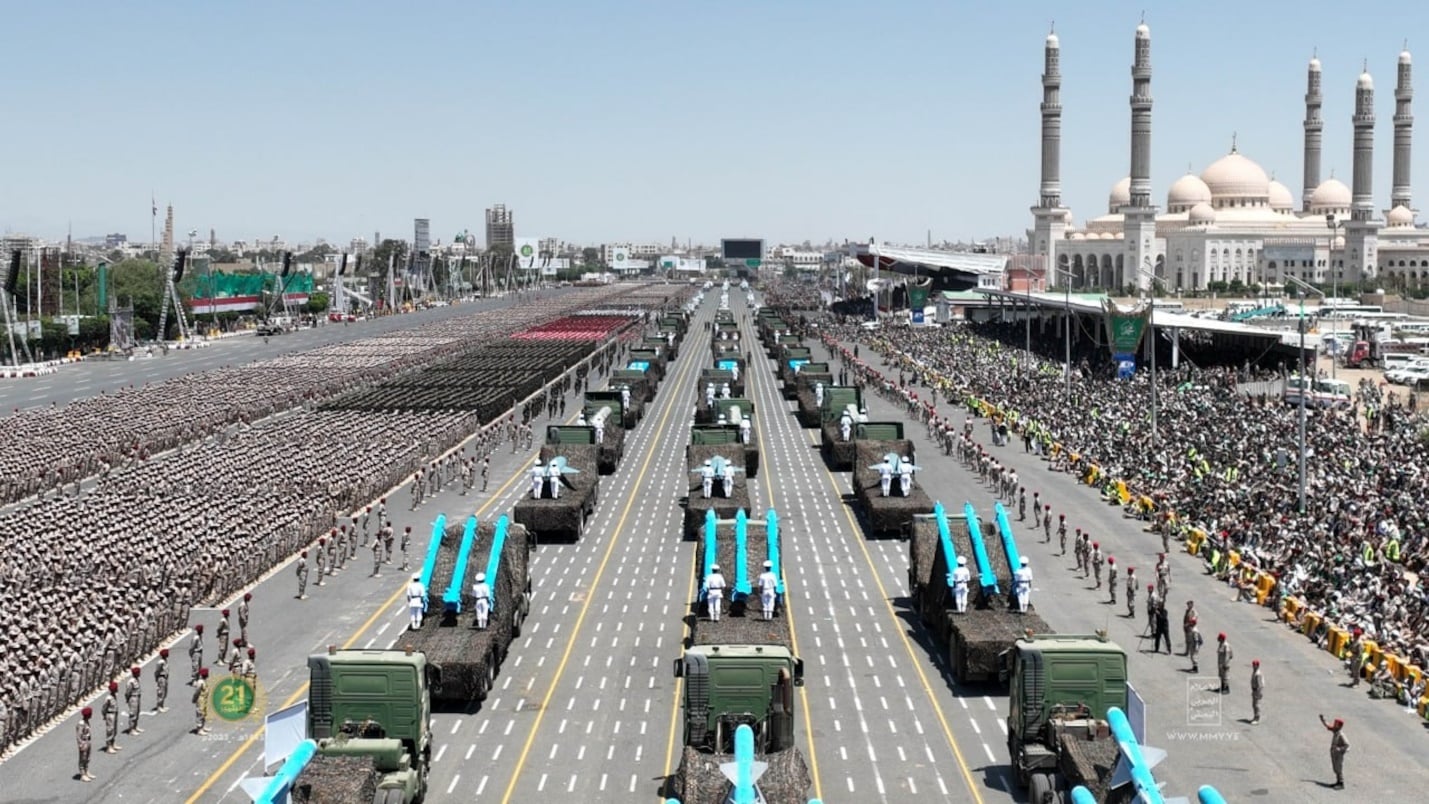
Houthis show off military might with numerous cruise missiles in massive 2023 parade - Photo: Middle East Monitor
That reluctance reflects political sensitivities and stems largely from the Biden administration’s broader concerns about the potential collapse of the shaky ceasefire in Yemen and a broader regional conflict. The White House wants to preserve the ceasefire and is taking careful steps to avoid opening another front in the war.
The Biden administration has consistently talked about the need to avoid escalating the Israel-Hamas conflict into a broader regional war. It remains unclear whether targeted strikes on Houthi facilities would cross the line and spark a broader war.
But one of America’s most important allies in the Middle East, Saudi Arabia, has reason to worry. Attacks on Houthi sites in Yemen could not only upset peace talks but also risk Saudi Arabia being hit by a Houthi response. In the past, this force has repeatedly launched drone and missile attacks on Saudi oil facilities, military bases and even major cities.
Neither the US nor Saudi Arabia wants to be drawn into an endless war in the Middle East. The Houthis, who have nothing to lose, are always ready. That is why, after much patience, the US military has only launched airstrikes against Houthi facilities. While striking, they are listening, as Pentagon spokesman Major General Pat Ryder said.
Nguyen Khanh
Source


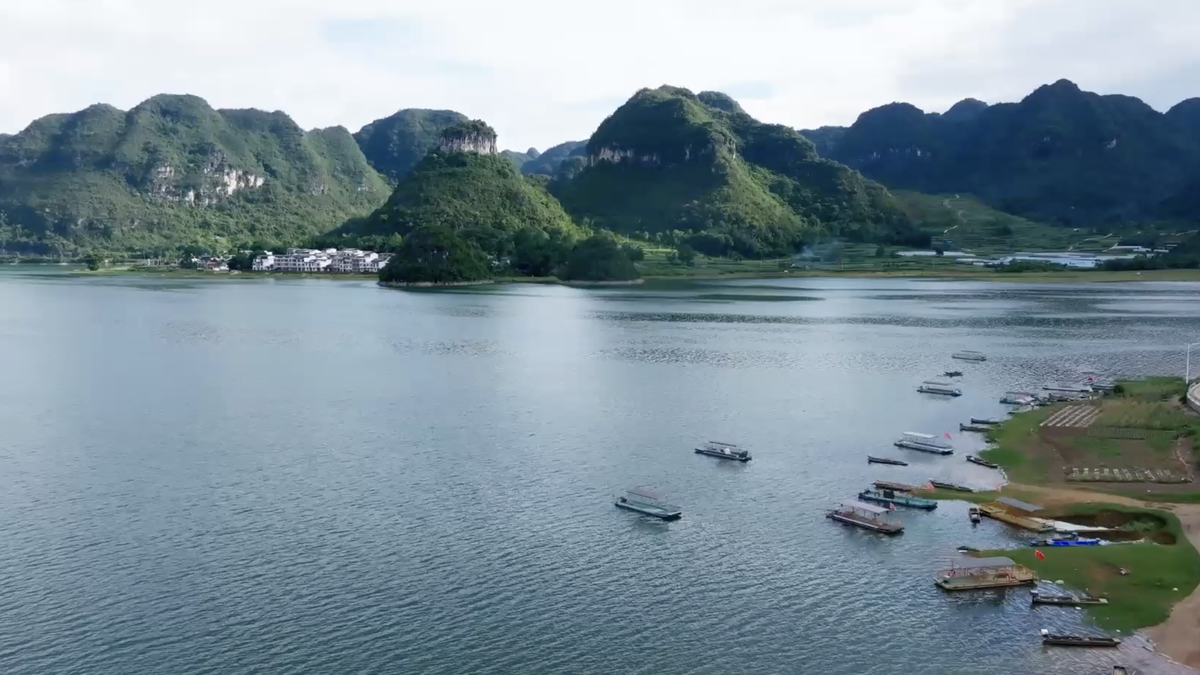



![[Photo] General Secretary To Lam and National Assembly Chairman Tran Thanh Man attend the 80th Anniversary of the Traditional Day of the Vietnamese Inspection Sector](https://vphoto.vietnam.vn/thumb/1200x675/vietnam/resource/IMAGE/2025/11/17/1763356362984_a2-bnd-7940-3561-jpg.webp)

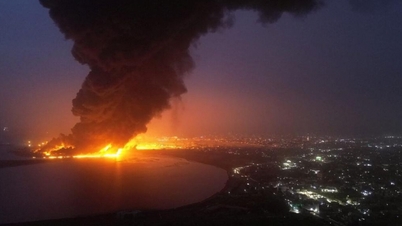

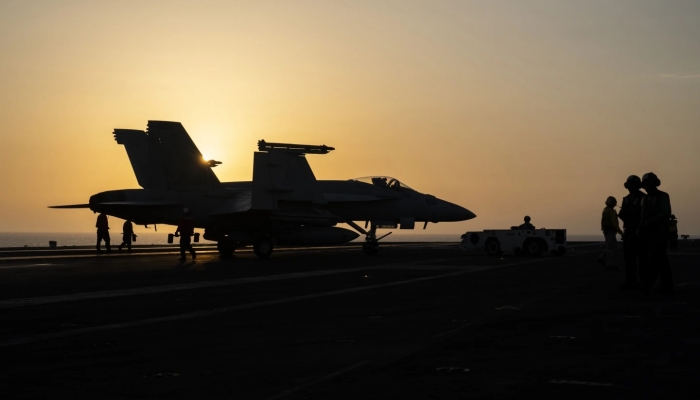


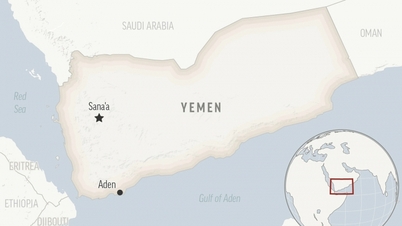















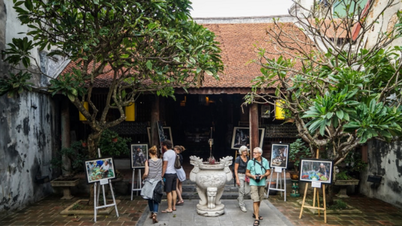
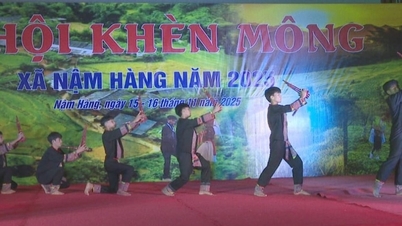

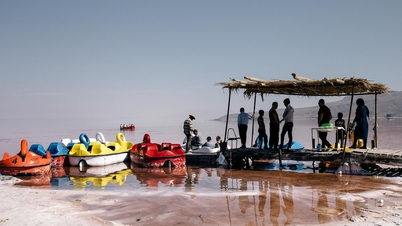
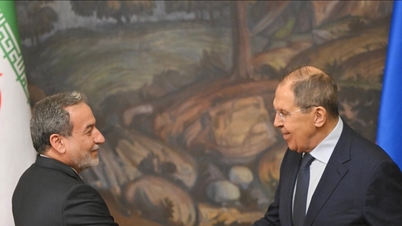


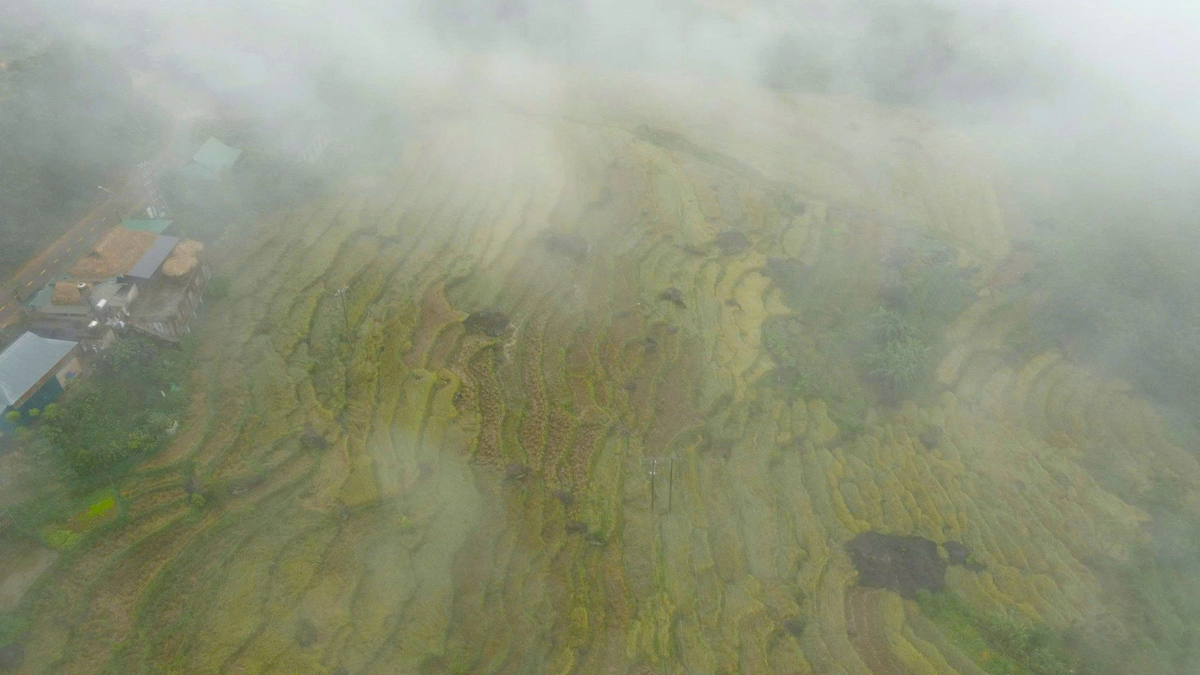

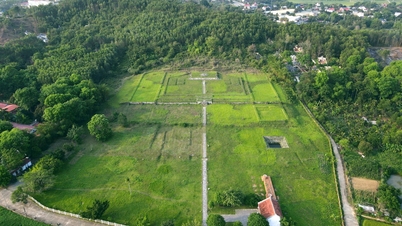








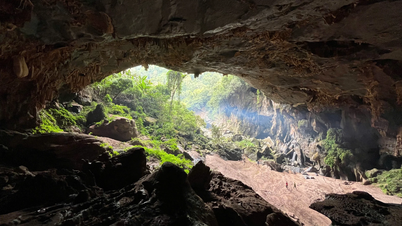



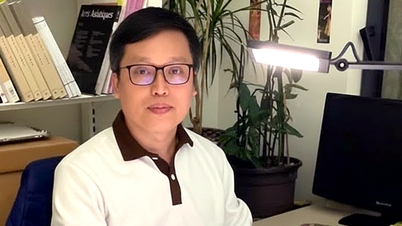








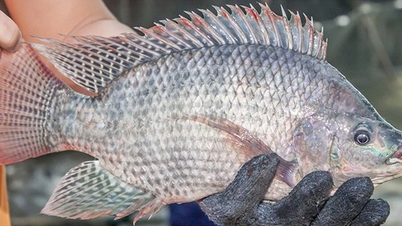








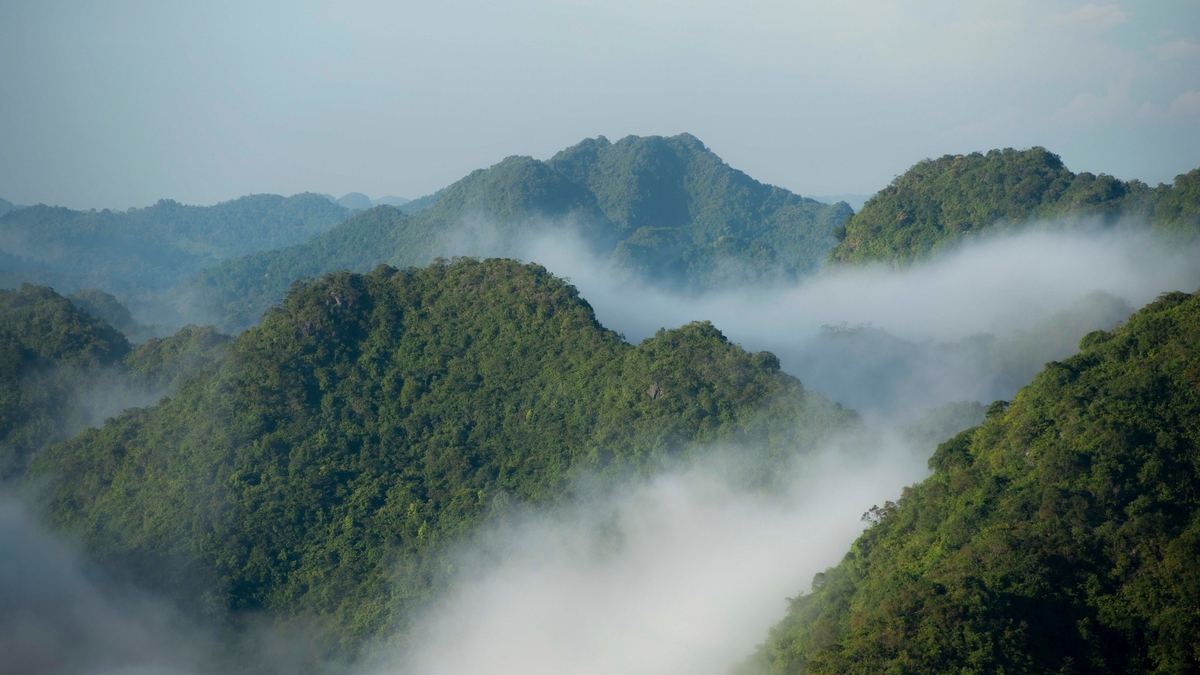

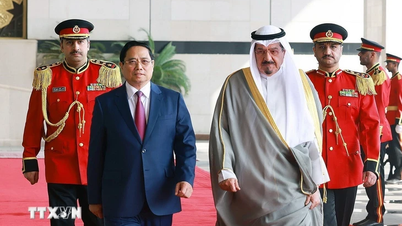
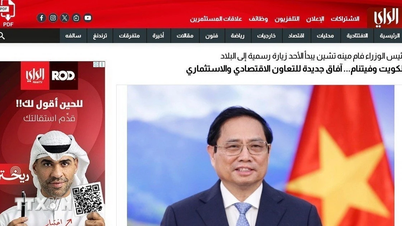







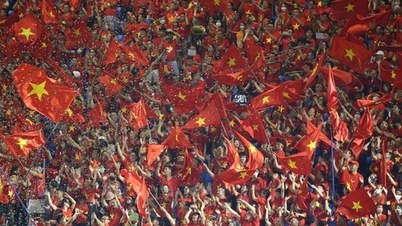




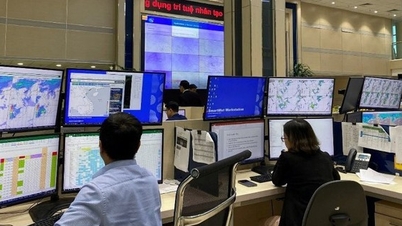

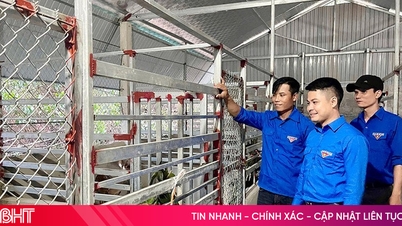

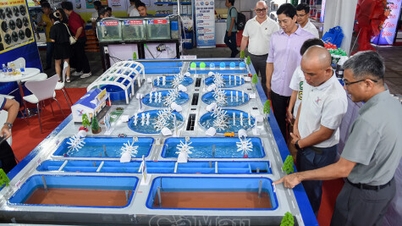

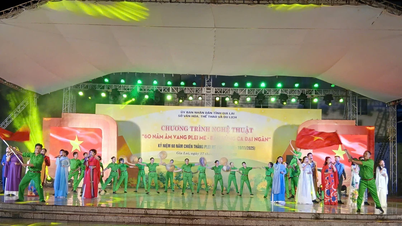

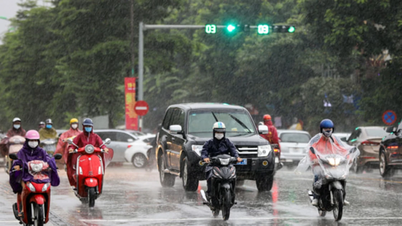




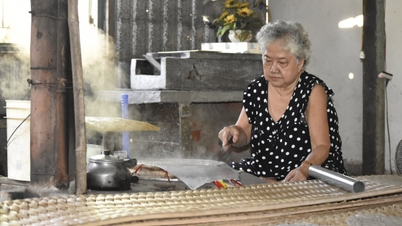

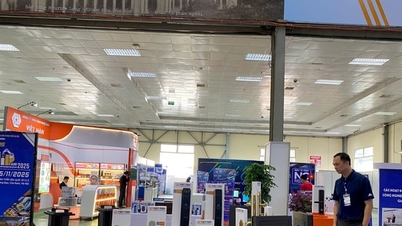







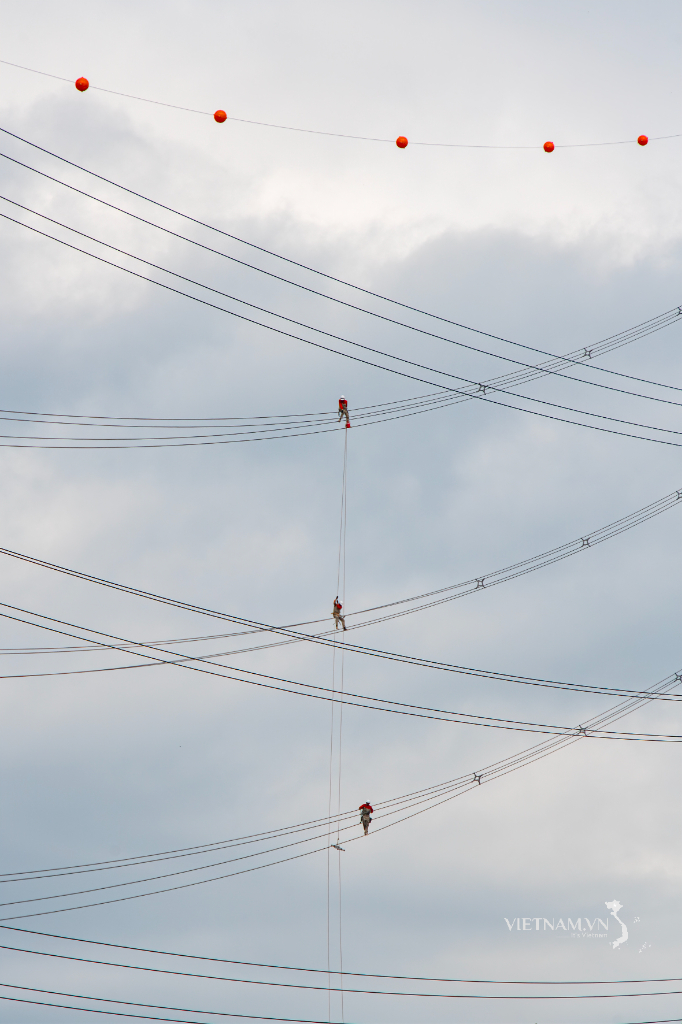

Comment (0)